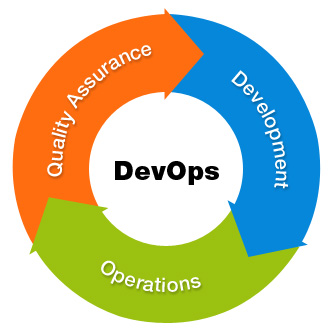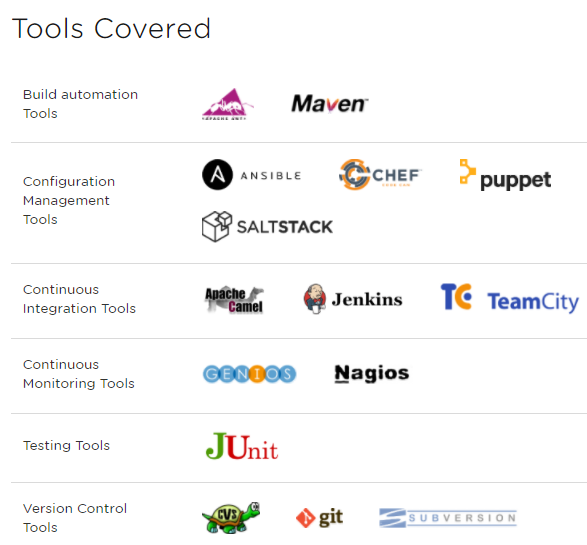 +91 75501 66012
+91 75501 66012  contact@greenstechnologys.com
contact@greenstechnologys.com

This DevOps Training Course will prepare you for a career in DevOps, the fast-growing field that bridges the gap between software developers and operations. You’ll become en expert in the principles of continuous development and deployment, automation of configuration management, inter-team collaboration and IT service agility, using modern DevOps tools such as Git, Docker, Jenkins, Puppet and Nagios. DevOps jobs are highly paid and in great demand, so start on your path today.
Mon – Fri ( 4 Weeks ) | 06.30 AM - 06.30 PM Time (IST) (any 2 hours)
Sat – Sun ( 6 Weeks ) | 07.30 AM - 08.00 PM Time (IST) (any 3 hours)
This DevOps training course is suitable for:
By the end of this course, you will be able to:

